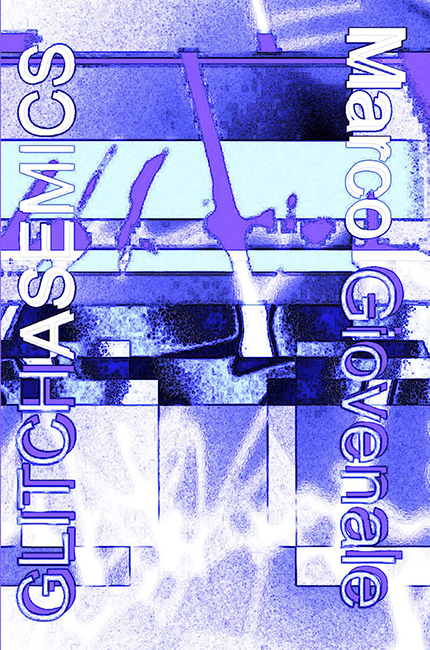PORTFOLIO |
 |
|
|
|
|
|
 |
 |
GLITCHASEMICS by Marco Giovenale
story © Michael Betancourt | published May 23, 2020 | permalink |



 |
| 
|
 |


|
 |
 | The Post-Asemic Press has released the book GLITCHASEMICS by Marco Giovenale with an introduction by Michael Betancourt!
Asemic writing is a type of disturbed writing / �criture that cannot be read since it belongs to a completely unknown language, or a language that one is not capable of deciphering, like a set of glyphs or letters coming out of a long lost enigmatic script which resist any attempt at translation. If you disturb waves of asemic writing, it resembles a loud interrupting noise hitting a regular radio frequency signal, you get a double-coded text�or image text(ure)s, which double as chaotic graphic micro-events. In this realm is where the "Glitchasemics� dwell, with their shining overexposure to colors and extreme illuminated distortions, which also lead to bits of altered perceptions and flashes of already tangled alphabets. In this book there is no return to previously known languages, codes, or habits (even if they are experimental ones). From this point forward, the reader is left in this crossroad area of art and verbo-visual writing, and will encounter a post-literate path without explanation and/or translation, with its very identity asserting itself into the concept of translation, but remaining as an impossible task applied to impossible objects.
|
|

|
|
|

|
| |

|
| |

|
| |
|
|
|